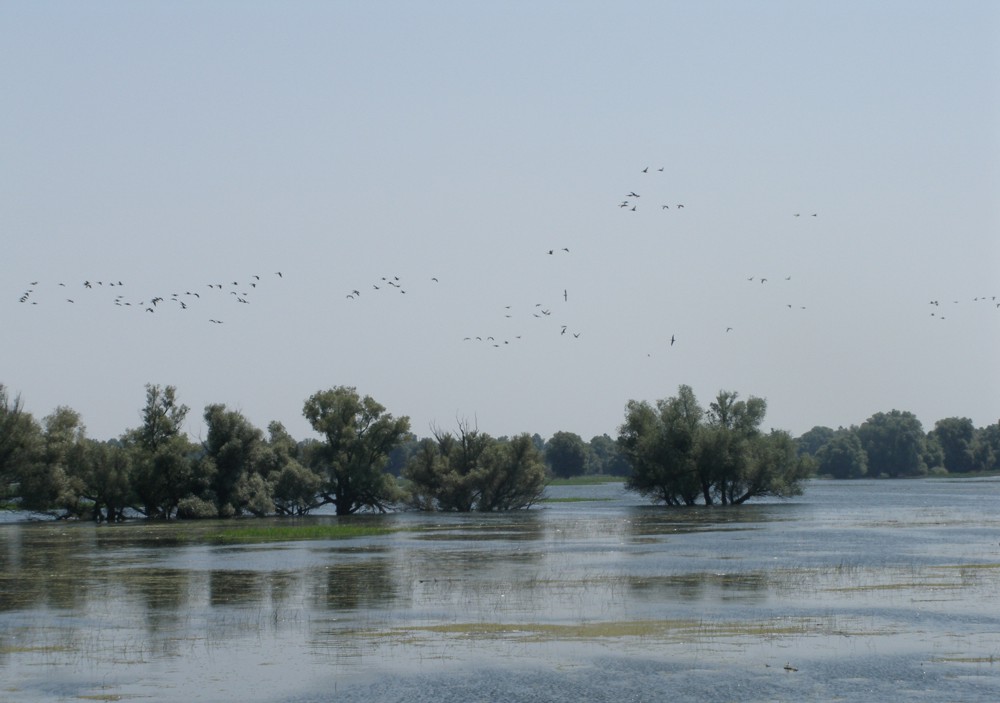|
é irine
é irine ( hu, BraidafûÑld) is a settlement in the region of Baranja, Croatia. Administratively, it is located in the Petlovac municipality within the Osijek-Baranja County. Population is 58 people. History é irine has existed as part of the settlement from 1869. It was formally established as an independent settlement in 1991, when it was separated from the territory of é umarina. Population Ethnic composition, 1991. census References Literature * Book: "Narodnosni i vjerski sastav stanovniéÀtva Hrvatske, 1880ã1991: po naseljima, author: Jakov Gelo, izdavaá: Dréƒavni zavod za statistiku Republike Hrvatske, 1998., , ; See also *Osijek-Baranja county Osijek-Baranja County (, hr, Osjeáko-baranjska éƒupanija, hu, Eszûˋk-Baranya megye) is a county in Croatia, located in northeastern Slavonia and Baranja. Its center is Osijek. Other towns include áakovo, NaéÀice, Valpovo, BeliéÀáe, and Beli ... * Baranja {{DEFAULTSORT:Sirine Populated places in Osijek-Baranj ... [...More Info...] [...Related Items...] OR: [Wikipedia] [Google] [Baidu] |
Osijek-Baranja County
Osijek-Baranja County (, hr, Osjeáko-baranjska éƒupanija, hu, Eszûˋk-Baranya megye) is a county in Croatia, located in northeastern Slavonia and Baranja. Its center is Osijek. Other towns include áakovo, NaéÀice, Valpovo, BeliéÀáe, and Beli Manastir. History Osijek-Baranja County was established in 1992, with border changes in 1997. Stifolder The ''Stifolder'' or ''Stiffoller Shvove'' are a Roman Catholic subgroup of the so called Danube Swabians. Their ancestors once came ca. 1717 - 1804 from the Hochstift Fulda and surroundings (Roman Catholic Diocese of Fulda), and settled in the Baranja area, such as in Jagodnjak, etc. They retained their own German dialect and culture, until the end of WW2. After WW2, the majority of Danube Swabians were expelled to Allied-occupied Germany and Allied-occupied Austria as a consequence of the Potsdam Agreement. Only a few people can speak the old Stiffolerisch Schvovish dialect. A salami is named after this people. Administrative di ... [...More Info...] [...Related Items...] OR: [Wikipedia] [Google] [Baidu] |
Petlovac
Petlovac ( hu, BaranyaszentistvûÀn, ger, Sanktivan, sr-Cyrl, ÅÅçîţŃÅýůî) is a village and municipality in the western part of Baranja, which comprise the northern part of Osijek-Baranja County in Croatia. Petlovac is underdeveloped municipality which is statistically classified as the First Category Area of Special State Concern by the Government of Croatia. Until the end of World War II, the majority of the Inhabitants was Danube Swabians, also called locally as ''Stifolder'', because there Ancestors once came at the 17th century and 18th century from Fulda (district). Mostly of the former German Settlers was expelled to Allied-occupied Germany and Allied-occupied Austria in 1945-1948, about the Potsdam Agreement. Name Its name derived from the word "petao" (which means "rooster" in English). Municipality of Petlovac Population Municipality of Petlovac has 2,405 inhabitants (2011 census), including*73.22% Croats *13.72% Hungarians *5.07% Serbs *4.53% Romani Geog ... [...More Info...] [...Related Items...] OR: [Wikipedia] [Google] [Baidu] |
Osijek-Baranja County
Osijek-Baranja County (, hr, Osjeáko-baranjska éƒupanija, hu, Eszûˋk-Baranya megye) is a county in Croatia, located in northeastern Slavonia and Baranja. Its center is Osijek. Other towns include áakovo, NaéÀice, Valpovo, BeliéÀáe, and Beli Manastir. History Osijek-Baranja County was established in 1992, with border changes in 1997. Stifolder The ''Stifolder'' or ''Stiffoller Shvove'' are a Roman Catholic subgroup of the so called Danube Swabians. Their ancestors once came ca. 1717 - 1804 from the Hochstift Fulda and surroundings (Roman Catholic Diocese of Fulda), and settled in the Baranja area, such as in Jagodnjak, etc. They retained their own German dialect and culture, until the end of WW2. After WW2, the majority of Danube Swabians were expelled to Allied-occupied Germany and Allied-occupied Austria as a consequence of the Potsdam Agreement. Only a few people can speak the old Stiffolerisch Schvovish dialect. A salami is named after this people. Administrative di ... [...More Info...] [...Related Items...] OR: [Wikipedia] [Google] [Baidu] |
List Of Regions Of Croatia
The Republic of Croatia is administratively organised into twenty counties, and is also traditionally divided into four historical and cultural regions: Croatia Proper, Dalmatia, Istria, and Slavonia. These are further divided into other, smaller regions. Historical regions Smaller regions * Banovina (or Banija) is a region in central Croatia, situated between the rivers Sava, Una and Kupa. * Baranja forms a small enclave between the region of Slavonia and the Republic of Hungary, it lies in the north east of Croatia. The rest of the region known as Baranja is located in Hungary. *Croatian Littoral (''Hrvatsko primorje'') the maritime region of Croatia proper * Gorski kotar the region occupies the area between the major cities of Karlovac and Rijeka (a.k.a. ''Fiume''). The regions main city is Delnice. The river Kupa separates the region from the Republic of Slovenia in the north. *Konavle forms a small subregion of Dalmatia in the very south of Croatia and stretche ... [...More Info...] [...Related Items...] OR: [Wikipedia] [Google] [Baidu] |

